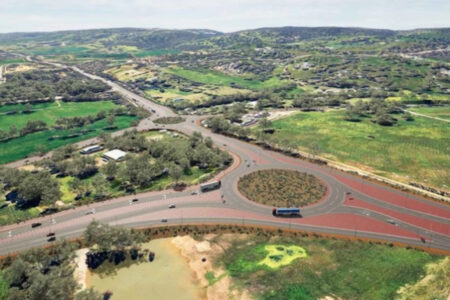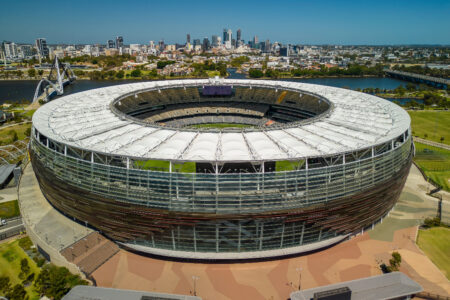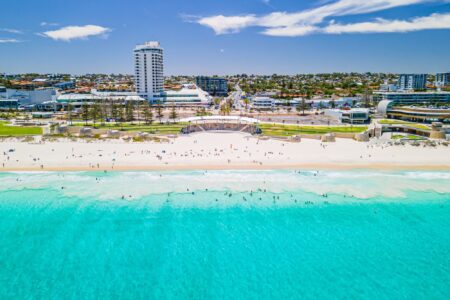Iron Ore price surge drives warning over labour shortage
Industry and analysts have warned Western Australia could face a shortage of skilled workers to keep up with demand in the mining sector as the price of iron ore soars to eye-watering highs.
Iron ore prices have increased to a record high of $US215 per tonne on Monday and reached around $US240 a tonne, which is more than WA Treasury’s mid-year revised 2020-21 iron ore price assumption of $US104.
Daniel Hynes of ANZ stated that Chinese infrastructure projects were increasing the demand for iron ore which is mainly imported from Australia.
Hynes expects the increase in demand for the commodity will support the wider state economy and will create new demand for skilled workers. It is expected that employment demands would not only be for blue-collar workers but also for specialized and technical jobs and an increase in companies driving to improve efficiencies.
Western Australia recorded the second-lowest March unemployment rate of all states and territories, at 4.8 per cent.
Preliminary vacancy rate data showed a drop in job ads in WA in April, but the state recorded a 208 per cent increase since the start of the year.
The mining services sector is feeling the flow-on effects of the record iron ore prices, including mining technology services provider IMDEX, which employs around 140 people in WA across the Pilbara, Kalgoorlie and Perth.
Chief executive Paul House states that the demand for business had been increasingly rising over the past three years and more recently as organisations and countries recovered from COVID-19 across the world.
House mentioned that iron ore price is driving a surge in demand for labour and products. However, he is also concern about labour shortages saying that younger job seekers prefer to stay in urban areas instead of FIFO.
The chief executive has proposed 2 possible approaches to tackle the labour shortage.
First is the shift of pricing in the market to attract and retain labour in the market.
Second is the continues adoption of new technologies that drive efficiency and productivity. In particular, things that allow people to conduct a number of their jobs from home or urban areas, rather than having to become FIFO workers and do work on site.
Economic analyst like Mr Hynes expect the WA economy to reap the short-term rewards of high iron ore prices.
Despite China trying to diversify its iron ore sources in the long term, it still relies heavily on WA for the commodity where 60 per cent of its total needs come from Australia. Hynes believes it would still take some time for ore from other countries to reach the global market.
Giuliano Sala Tenna, Bell Potter Securities institutional dealer said China had been “very unsuccessful” in the development of any significant iron ore assets outside of Australia and attributes geopolitical issues and the need for infrastructure development in African countries as obstacles for China to develop competitive iron ore production. More than 83 per cent of all WA iron ore exports were sent to China in 2019–20, according to the state government’s January 2021 iron ore profile
Latest WA Treasury estimates for 2020-21 have seen iron ore royalties surpass taxation revenue.
Iron ore royalties are now valued at $9.9 billion, compared to taxation revenue which is sitting at $9.6 billion. That represents a $2.5 billion increase in what was estimated in last year’s budget.
Mr Sala Tenna said while the state government was benefitting from the high commodity prices, spending money during the boom was “the worst time” as it would lead to wage inflation.
Former WA commissioner to China Stuart Crockett expected high iron ore prices to be finite, possibly lasting five to six years. He believes it was critical to use the revenues generated from increasing iron ore prices to expand the mining industry and diversify the economy.
He said he was confident there would be more opportunities within WA’s economy after that time.
Source: Link
Date of Publication: 14 May 2021





